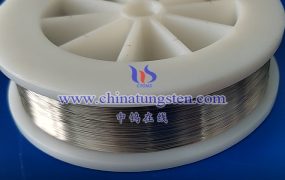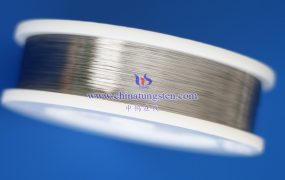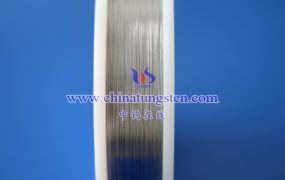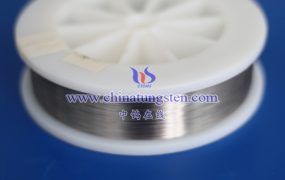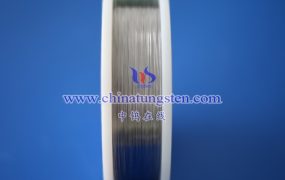Analyzing internal defects of tungsten wire by X-ray is an effective non-destructive testing method. The following are the specific steps and precautions for analyzing the internal defects of tungsten wire through X-rays:
- Principle of X-ray detection
X-rays have strong penetrating power and can penetrate materials that cannot be penetrated by general visible light. When X-rays penetrate materials, they interact with the materials, resulting in a series of complex physical processes, causing the rays to be absorbed and scattered and lose part of their energy, and the intensity is correspondingly weakened. This phenomenon is called ray attenuation. If there are defects inside the tungsten wire (such as cracks, inclusions, voids, etc.), there are differences in density and thickness between these defective areas and the surrounding materials, which causes the X-rays to attenuate to varying degrees during the penetration process. By measuring the intensity change of X-rays after penetrating the tungsten wire, it can be inferred whether there are defects inside the tungsten wire, as well as the location, size and nature of the defects.
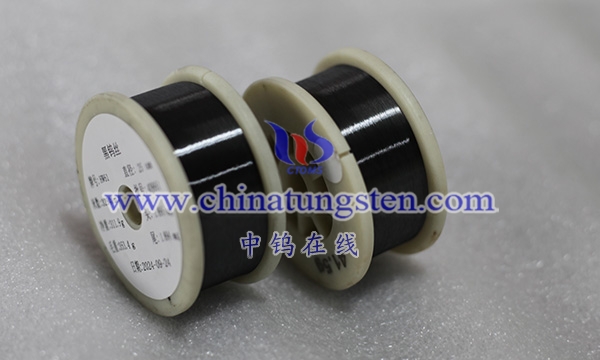
- Detection steps
Equipment preparation: Select a suitable X-ray flaw detector to ensure that its performance is stable and reliable. Check whether the cables, power supplies, plugs, etc. of the X-ray flaw detector are intact to ensure that the equipment can work properly.
Sample preparation: Place the tungsten wire to be tested on the test bench to ensure that the tungsten wire is in a stable state to avoid movement or deformation during the test process.
Parameter setting: Set the tube voltage, tube current and other parameters of the X-ray flaw detector according to the material, thickness and defect type of the tungsten wire. Set the appropriate exposure time to ensure that the X-ray can fully penetrate the tungsten wire and record the defect information.
Transillumination operation: Aim the X-ray source of the X-ray flaw detector at the tungsten wire to be inspected to ensure that the rays can cover the entire inspection area. Start the X-ray flaw detector and perform transillumination operation. During the transillumination process, pay attention to the operating status of the equipment and the transillumination effect of the tungsten wire.
Image acquisition: After the transillumination is completed, obtain the X-ray image. If the film recording method is used, the film needs to be developed and fixed in a darkroom to obtain a clear defect image. If digital imaging technology is used, the digital image can be obtained directly from the device.
Image analysis: Carefully observe and analyze the obtained X-ray image. According to the characteristics of the defect such as shape, position and size, judge the nature and severity of the defect. For suspected defect areas, further amplification, enhancement and other processing can be performed for clearer observation and analysis.
More details of tungsten wires, please visit website: http://tungsten.com.cn/tungsten-wires.html
Please contact CHINATUNGSTEN for inquiry and order of tungsten needles:
Email: sales@chinatungsten.com
Tel.: +86 592 5129595

